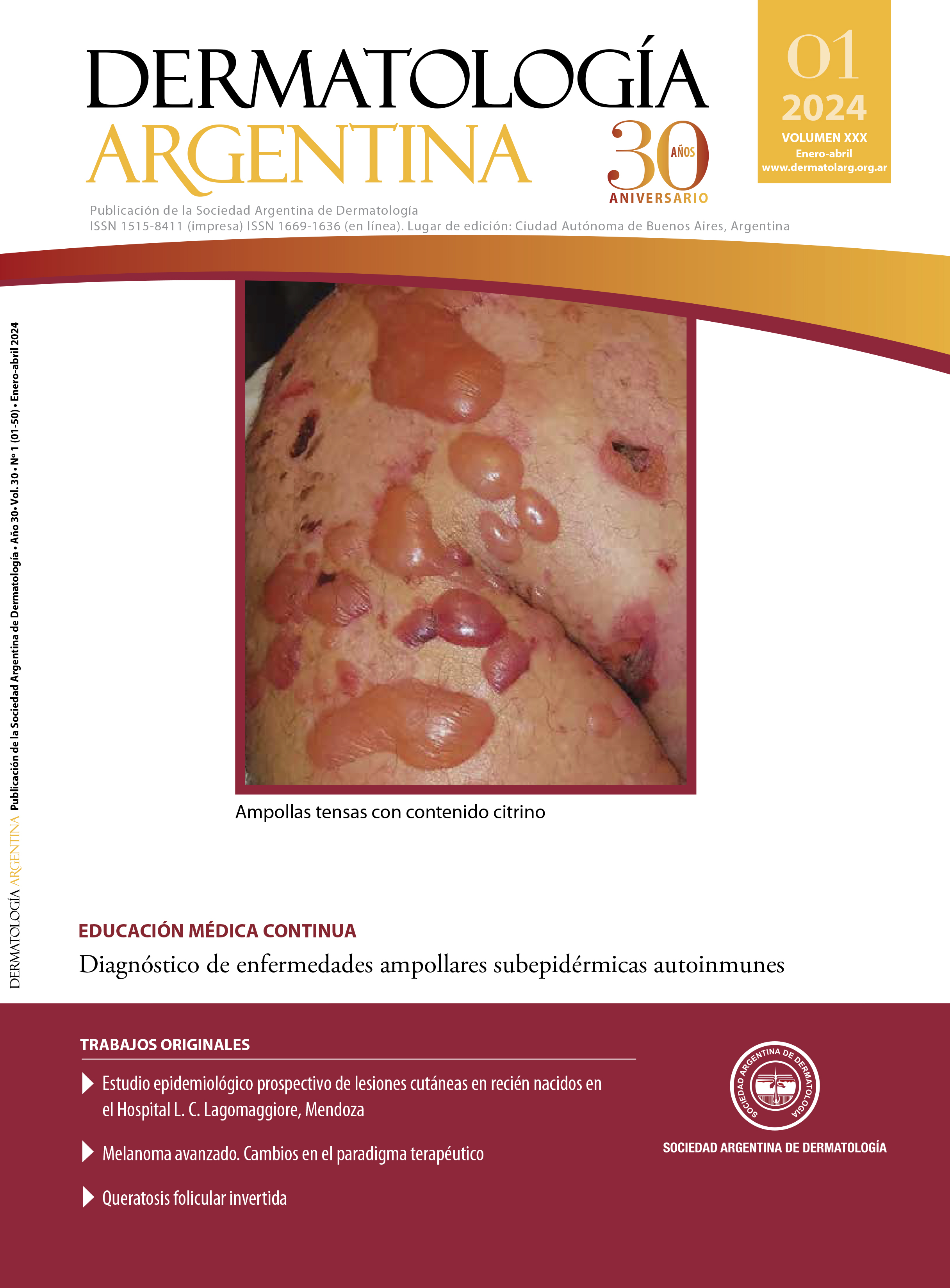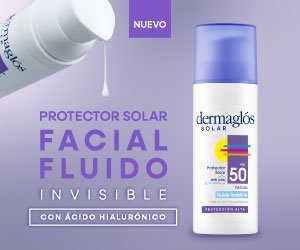Think of … amelanotic nodular melanoma
DOI:
https://doi.org/10.47196/da.v30i1.2531Abstract
Pyogenic granuloma: benign capillary vascular proliferation, associated with local irritants, trauma, infection, pre-existing vascular malformations or medication.
Most common age: childhood and young adults.
Amelanotic nodular melanoma: nodular melanoma represents 15-30% of all melanomas. The amelanotic variant is seen in 2 to 8% of all melanomas, most frequently in nodular melanoma. Age and risk factors: >50 years. Phototype I, white race, absence of nevi on the back.
Merkel cell carcinoma: rare and aggressive neuroendocrine neoplasm. Age and risk factors: 65 to 85 years, >male sex. UVR, immunosuppression and polyomavirus.
References
I. Komakech D, Ssenkumba B. Pyogenic granuloma. N Engl J Med. 2022;38:1979.
II. Walsh NM, Cerroni L. Merkel cell carcinoma: A review. J Cutan Pathol. 2021; 48:411-421.
III. Benedito S, Mosquera T, Marini M, Saponaro A, et ál. Melanoma amelanótico/hipomelanótico. Dermatol Argent. 2020; 26:110-113.
IV. Strazzulla LC, Li X, Zhu K, Okhovat JP, et ál. Clinicopathologic, misdiagnosis, and survival differences between clinically amelanotic melanomas and pigmented melanomas. J Am Acad Dermatol. 2019; 80:1292-1298.
Downloads
Published
Issue
Section
License
Copyright (c) 2024 on behalf of the authors. Reproduction rights: Argentine Society of Dermatology

This work is licensed under a Creative Commons Attribution-NonCommercial-NoDerivatives 4.0 International License.
El/los autor/es tranfieren todos los derechos de autor del manuscrito arriba mencionado a Dermatología Argentina en el caso de que el trabajo sea publicado. El/los autor/es declaran que el artículo es original, que no infringe ningún derecho de propiedad intelectual u otros derechos de terceros, que no se encuentra bajo consideración de otra revista y que no ha sido previamente publicado.
Le solicitamos haga click aquí para imprimir, firmar y enviar por correo postal la transferencia de los derechos de autor













